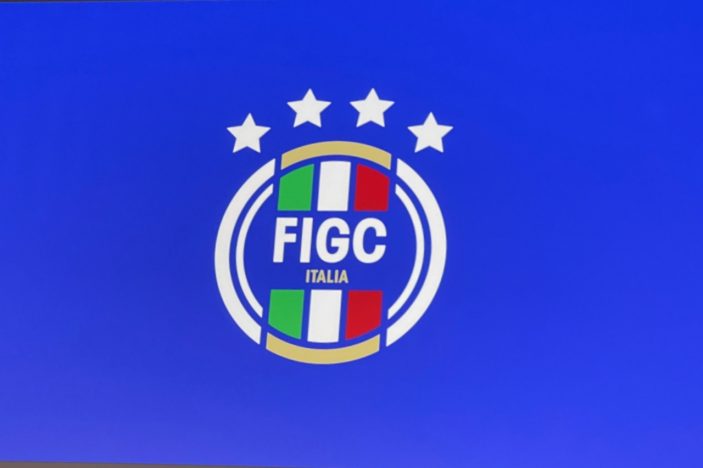There has been a very important change in the rules on financial stability of Italian clubs, lowering the liquidity index and loosening the restrictions on debt.
This is a big adjustment from the FIGC (Italian Football Federation) prompted by the on-going effects of the COVID pandemic, which saw stadiums shut for 18 months.
Following today’s meeting, the FIGC announced it had lowered the minimum liquidity index for clubs to 0.6 rather than the current 0.8 that had been used in the 2020-21 season.
It had been 0.7 in the 2019-20 campaign.
The liquidity index is used to calculate the creditworthiness of a business, in this case a football club.
Lowering the minimum figure will give clubs a little more leeway in terms of debt and above all of proving financial stability.
The failure to reach that liquidity index had prevented sides like Lazio and Sampdoria from bringing in new players over the summer until someone was sold or the patrons injected fresh capital.
Every summer, Italian clubs go bankrupt and are forced to begin again because they are not able to prove their financial stability.
Recent victims include Chievo Verona in Serie B.
Indicatore di liquidità più basso: la #FIGC dà respiro ai club sul mercato https://t.co/pv6krJhnjZ pic.twitter.com/Gv5nH90TbN
— Calcio e Finanza (@CalcioFinanza) November 4, 2021


Gotta bail out juve and inter somehow I guess
@Mike Well said. It was only done to benefit those clubs. I guess I will never understand the FFP rules. Juve and PSG can spend all they want, But AC MIlan was hounded and had to forfeit any Euro competitions for debt.
Man City too. They were found to have obstructed the FFP investigation in to them and got away with a fine, if memory serves. I doubt the owners cared too much about a fine.